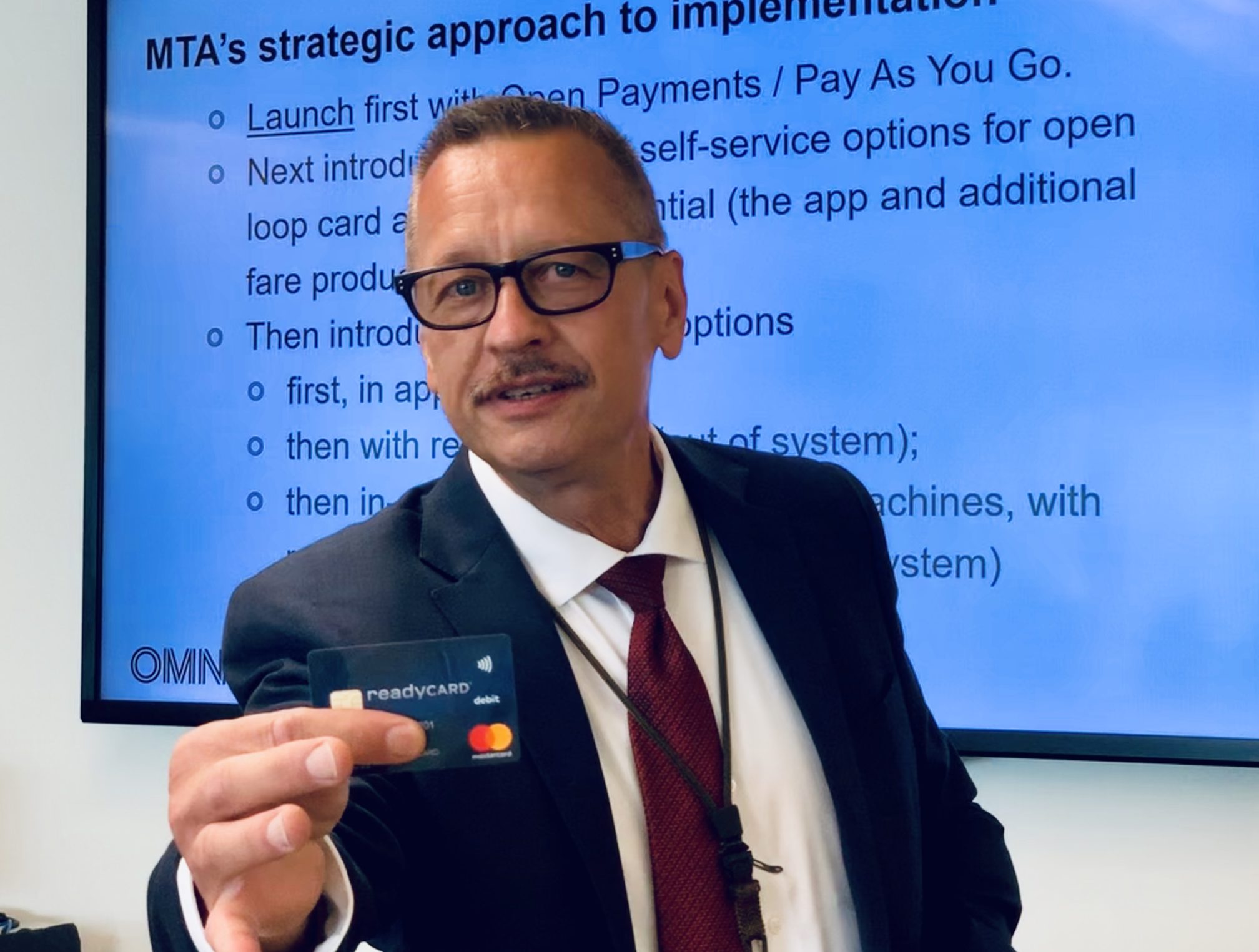What’s going on with OMNY, public transit’s new fare-payment system?

Why do New York City subway and bus riders have to soon give up their MetroCards and switch to MTA’s incoming OMNY “contactless” fare payment system?
Because MetroCards are 25 years old and run on OS2 — an operating system some programmers of today have never even seen, according to Al Putre, MTA’s executive director of the program.
“Does anyone here have a 25-year-old computer? It needs to be replaced. The technology is no longer supportable,” Putre said at a press conference on Wednesday. “The kids can’t figure it out.”

Brooklyn Boro
View MoreNew York City’s most populous borough, Brooklyn, is home to nearly 2.6 million residents. If Brooklyn were an independent city it would be the fourth largest city in the United States. While Brooklyn has become the epitome of ‘cool and hip’ in recent years, for those that were born here, raised families here and improved communities over the years, Brooklyn has never been ‘uncool’.